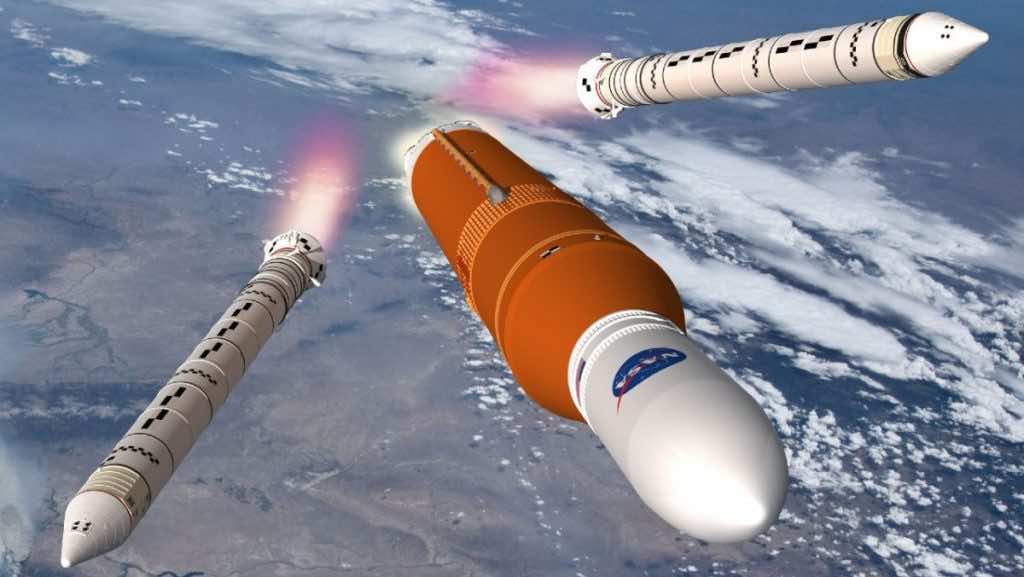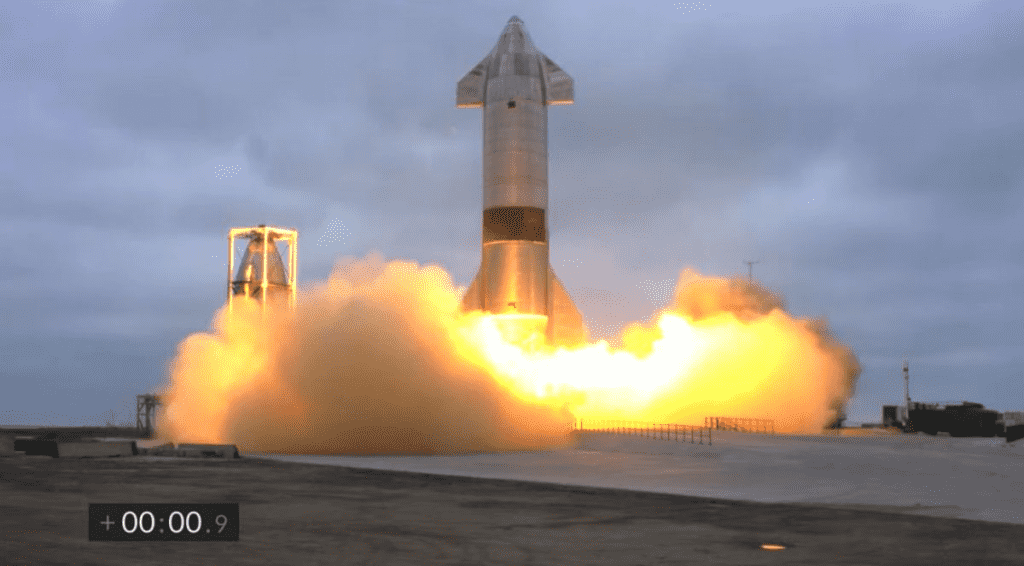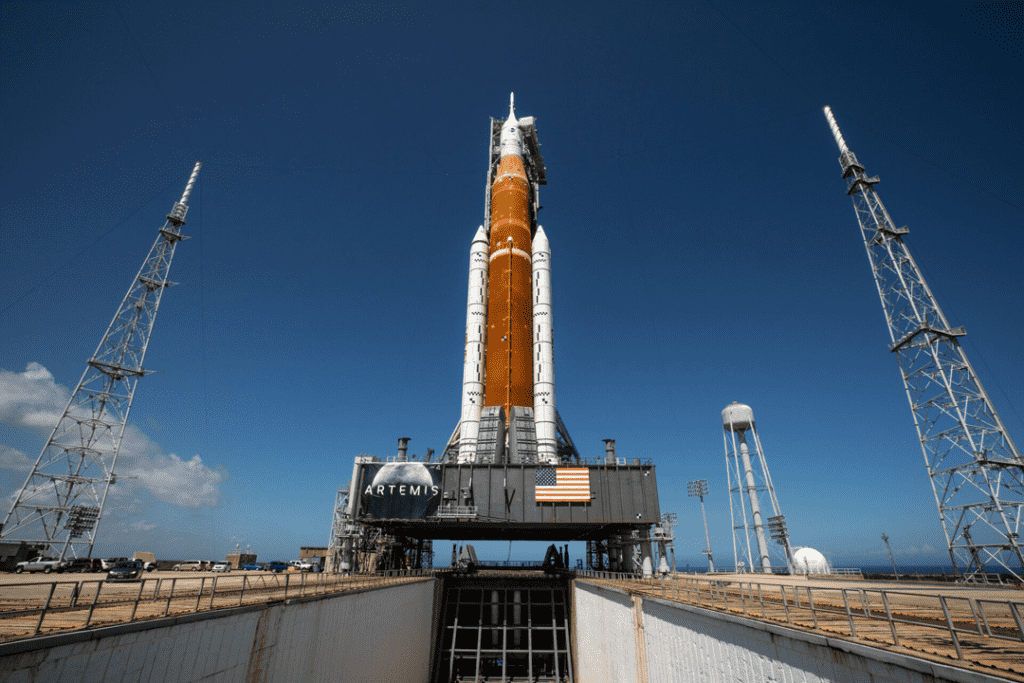Lori Garver, a former NASA deputy administrator, is renowned for her opposition to the development of new technology. And it’s not surprising that she has evolved into a sharp critic of the space agency’s program for bringing people back to the moon, which relies on rocketry identical to what NASA employed decades ago to launch astronauts during the Apollo and space shuttle eras.
According to Garver, the Space Launch System (SLS) rocket, which NASA is about to launch next week, is very expensive and long overdue. He also claims that the publicity surrounding the SLS launch may be misconstruing the Artemis 1 Moon mission.

“I think a test flight is just that,” Garver told Ars Technica in an interview, “it’s a test flight.”
“This happy talk of it being completed — just look at the language, the celebration, NASA’s planning, and so forth for the launch,” she continued, spotlighting the launch’s celeb-studded launch schedule.
“There is not another test flight planned if this doesn’t go perfectly.”
In recent interviews, Garver has frequently contrasted SpaceX’s Starship with the underperforming SLS. According to her, she was an early supporter of SpaceX, earning her internal derision before NASA stepped in. However, she believes the public will rapidly notice the difference.

“It will become inevitably embarrassing if Starship is launching dozens of times a year like Falcon 9 is,” Garver posited, referring to SpaceX’s workhorse current-gen rocket, “and SLS once every two years.”
For NASA, Garver put out two “embarrassing” possibilities: first, SpaceX keeps charging less, and second, the SLS doesn’t work as designed.
“So then what? You’re going to put people on one in two years if the first one didn’t go well? I just have never heard anyone talk about that plan,” Garver said.

At this time, it’s difficult to say which of her scenarios will turn out to be true. However, that could soon reflect since on n August 29, NASA will launch the Space Launch System (SLS), a heavy-lift mega-rocket capable of carrying humans, together with an Orion crew capsule, to orbit the moon.
If all goes as planned, the Artemis I mission will pave the way for constructing the Gateway space station, orbiting the moon and allowing people to return to Mars.


